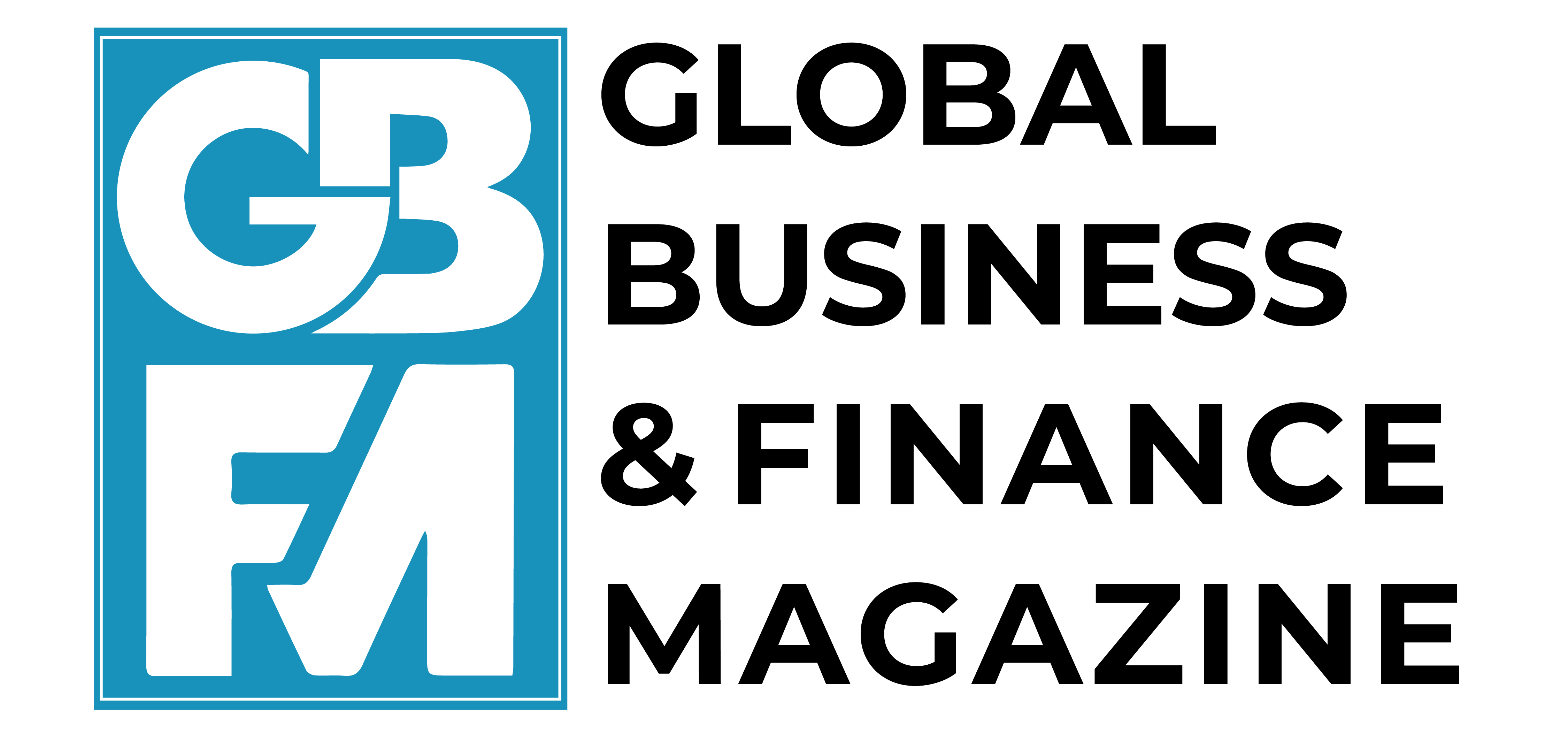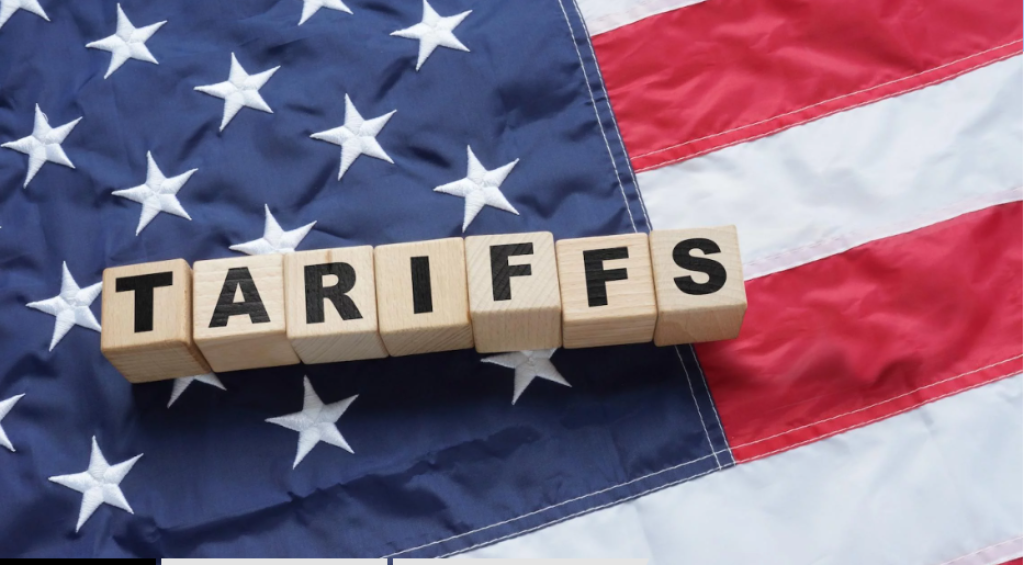President Trump’s recent pronouncements on tariffs have received considerable attention from analysts, policymakers, and commentators. This column takes a step back and considers some of the broader arguments for raising tariffs – revenue, restriction, and reciprocity – and the potential repercussions. Even if Trump does not proceed with (all of) the announced tariffs, the increased uncertainty is likely to put off firms from trading with or from the US, lowering US exports and imports beyond the imposition of higher tariffs. In the longer term, we can expect a gradual decoupling of trade between the US and other countries.
The pronouncements on tariffs by Donald Trump since becoming US president have received considerable attention from analysts, policymakers, and commentators. In good part that analysis has focused on the implications for the targeted countries and their possible responses. However, one of the difficulties in so doing is the rapidity with which the policies are announced, changed, and suspended. It is hard to keep track.
In this column, we take a step back and consider some of the broader arguments and the repercussions of raising tariffs. Douglas Irwin (2017) suggested that there are three core reasons why countries introduce tariffs: (1) revenue: the desire to increase tax revenues; (2) restriction: reduce imports and protect domestic producers from foreign competition; and (3) reciprocity: tariffs to be used in negotiations with another country to obtain mutually beneficial reciprocal tariff reductions.
In some form or other, each of these three core reasons fall into Trump’s lexicon, and the validity of each is worth assessing.
Revenue
One of the purported reasons for levying tariffs has been to increase government revenues, in order to be able to proffer tax cuts elsewhere.
“Instead of taxing our citizens to enrich other countries, we will tariff and tax foreign countries to enrich our citizens. For this purpose, we are establishing the External Revenue Service to collect all tariffs, duties and revenues. It will be massive amounts of money pouring into our treasury coming from foreign sources” (Trump’s inaugural speech).
So far, Trump has introduced and then suspended a 25% tariff on Canada and Mexico, while imposing – and not suspending – an additional 10% tariff on imports from China. He has also announced proposed tariffs on all steel and aluminium, and indicated he would introduce tariffs on the EU.
Typically, trade taxes do not contribute significantly to government revenue; for the US the figure is around 2%. Interestingly, prior to the tariff increases of 2018, trade tax revenue in the US was closer to 1%.
Figure 1 US trade taxes as share of government revenue


Prima facie, raising tariffs can raise revenue. However, as noted by Paul Krugman, the increase is not one-to-one. That is, if all US imports, which amount to $3 trillion, have a 10% tariff increase, the amount raised will not be $300 billion because as the tariff increases imports will fall, meaning that the imports on which tariffs can be levied on will be smaller than the current level.
Given the small share of trade tax revenue as a share of US government revenue, it is hard to imagine that the proposed policies would make any significant difference to the US’s fiscal position. Nevertheless, increasing customs duties might allow some other tax cuts, with possible political relevance.
Restriction
A key premise underpinning Trump’s tariffs is the supposed positive impact on domestic production. With regards to the steel and aluminium tariffs, Trump stated:
“Our nation requires steel and aluminium to be made in America, not in foreign lands” 1
If tariffs were such an easy means of increasing domestic production and economic wellbeing, one might ask why all countries don’t adopt the same policy as those promoted by President Trump and raise tariffs.
Raising taxes on specific products could indeed protect specific domestic producers. However, such a policy entails (possibly) protecting the firms and workers targeted by the import competition, at the expense of everyone else. Hence, what might benefit production in one sector might not be good for the country as a whole. There is substantial academic literature exploring the impact of the raising of tariffs in President Trump’s first presidency and the negative consequences for the US (e.g. Fajgelbaum et al. 2020, Amiti et al. 2019). Moreover, and conversely, a recent article by Bonifai et al. (2024) argues that “[b]etween 2011 and 2019, imports…. created almost 500,000 American jobs” – mainly because of access to cheaper intermediates.
Higher tariffs imply higher domestic prices for consumers and can also be inflationary and reduce welfare. While the US producers of targeted products might be protected, higher tariffs serve to increase the costs of firms purchasing imported intermediate inputs thus making them less competitive in the domestic market and overseas. Intermediate inputs, capital goods, transport equipment and fuel – all of which are inputs for US firms – accounted for 76% of US imports in 2023. 2
Consider Figure 2, which lists the shares of the top 10 suppliers to the US market.
Figure 2 US import shares


It is striking is that the four countries Trump appears to be directly targeting are by far the main suppliers of US imports – between them accounting for over 60% – and a high share of their exports to the US are in intermediate products. The combined share of industrial supplies, capital goods, and transport equipment imported by the US from Canada, Mexico, and China was 55%, 65% and 77%, respectively. 3 Even only considering the sectors Trump has recently announced he is targeting – steel and aluminium – the top two suppliers to the US are Canada and the EU, which account for close 44% of US imports, with Mexico accounting for a further 11%. Similarly, these three countries account for close to 55% of US imports of aluminium. 4
Higher tariffs are highly likely to increase production costs for US firms. Retaliation from the US’s trading partners is likely to make this worse.
One possible economic justification for tariffs is that, in response to the US tariffs and the consequent decline in US demand, the exporting countries drop their pre-tariff prices in response so as to try and maintain their sales. The US ends up being a net beneficiary because of the decline in import prices. Whilst it is possible that the increased prices arising from the tariff will not be fully passed on to consumers, evidence from the previous Trump tariffs clearly indicates that most of the tariff changes were indeed passed through in the form of higher prices (Amiti et al. 2019).
Overall, research suggests that Trump’s 2018 tariffs resulted in welfare loss for the US of about $7.2 billion, even after accounting for increased tariff revenues and gains to domestic producers (Fajgelbaum et al. 2020). Illustrative modelling undertaken by the Centre for Inclusive Trade Policy and by the Peterson Institute for International Economics of the initially proposed tariffs on all imports with higher tariffs on China, suggest that the net welfare effects are likely to be negative, with estimates suggesting that US households could lose $1,700-2,600 annually.
Reciprocity becomes weaponisation
On reciprocity, Trump’s view of the world seems somewhat different to that of Irwin. Rather than an approach based on the mutual gains from reciprocal tariff reductions, Trump’s focus is on using tariffs as a weapon to extract concessions and changes in policy from other countries, to undertake actions they would not have willingly undertaken otherwise. This can be seen in the proposed ‘Trump Reciprocal Trade Act’. Those desired changes in policy appear to be driven in part by putative trade concerns (notably, trade deficits); or by other non-trade concerns, be this illegal migration or drugs.
With regard to trade deficits, the Trumpian argument is that the US loses out wherever there is a bilateral trade deficit and thus he appears to want to target the countries with large deficits. For example, at Davos, Trump stated:
“We have a tremendous deficit with Canada. We’re not going to have that anymore. We can’t do it” 5
In aggregate, trade deficits are driven when spending in the economy (either on consumption or investment) is greater than the value of the goods and services produced. Reducing the deficit thus requires either a reduction in spending (private or public) or an increase in production. While trade deficits in aggregate may matter over the longer term, it does also depend on what is driving those deficits and whether or not it is being used to increase the future productive capacity of the economy. By way of analogy, if an individual borrows money to finance their current consumption, in the long run this is unsustainable. On the other hand, if the money is borrowed to invest in their education, yielding a higher income in the future, than this can be sustainable. The notion that bilateral deficits matter is also highly fallacious. To give another analogy, if a firm buys inputs from one of its suppliers, they have a bilateral deficit with that supplier (they have spent more from the supplier than the supplier has purchased from them). However, this if funded by the firm selling its output on the market which gives it a surplus. In the same way, countries buy more from some countries and sell more to other countries.
Another variant of the Trump approach to reciprocity is to demand that countries that have higher tariffs match the US’s lower tariffs. However, this seems curiously one-sided. There is no suggestion that where the US tariffs are higher, the US will match the partner country tariffs. If we compare the US and EU tariffs for 2022, out of over 5,600 tariff lines, the US tariff was greater than that of the EU in 1,645 cases. 6
As well as the trade deficit, Trump has utilised the notion of reciprocity to address other concerns. The proposed tariffs against Mexico, Canada, and China were justified under the International Emergency Economic Powers Act (IEEPA). Here the justification is that of a ‘national emergency’, unlike, for example, the invocation of national security in his previous term as president. The cited national emergency was the increase in illegal migration and illegal drugs. In a recent Vox column, Anil (2025) discusses the legality of this route (sadly, it appears hard to question the legality). Curiously, the tariffs on Mexico and Canada were suspended following supposed reassurances by these countries that they would introduce policies to counteract these problems. In reality, those policies were already largely in place, and little appears to have really changed.
The evident weaponisation of tariffs is a major undermining of the multilateral rules-based world trading system. It is striking how little this issue appears to be discussed among policymakers and commentators. Both China and Canada have indicated they will raise a dispute with the WTO in response to the proposed tariffs. However, the WTO is now very weak, and it is not even clear whether the retaliatory responses are WTO-compatible. It is also unclear where this leaves the free trade agreement between the US, Mexico, and Canada (USMCA). The silence on these issues reflects the impunity with which the US is ignoring those multilateral rules and the tacit acceptance of the weakness of those rules by others. This is destabilising and worrying.
Repercussions
Whether all the announced tariffs will be imposed or not is something yet to be seen. If Trump does follow through, one of the main questions is how other countries will respond. Canada and Mexico responded very quickly with proposed retaliatory tariffs, and the Chinese retaliatory tariffs have been introduced though the extent of these appears somewhat restrained. The EU has a list of “sensitive” products ready, and, by looking at the past experience, it will most likely respond with retaliation. Reportedly, the EU is prepared to offer a reduction in its 10% tariff on automobiles to match the US tariff of 2.5% (and by the time of publication, may already have done so). Note that this would be on a most-favoured nation (MFN) basis, hence the EU would be lowering its tariff with regard to all countries. This is a major policy shift, and it is an interesting strategy to signal this in advance. The (high) risk is that Trump will see this as a sign of weakness and demand more concessions. The UK has still to decide whether to respond with other tariffs, or to follow Japan’s 2018 strategy of being quiet and patient.
If a trade war between the US and countries ranging from Canada, the EU, and China occurs, there will be negative repercussions throughout the global economy. Some countries will be affected by much more than others depending on their dependence on the US market. Canada and Mexico are particularly vulnerable and thus the US administration has much greater ability to ensure his version of reciprocity has effect.
Even if Donald Trump does not proceed with (all of) the announced tariffs, the whole threatening, announcing and pausing of tariffs generates a great deal of uncertainty. The Trade Policy Uncertainty Index of Caldara et al. (2019) is at its historical peak. As a large body of literature indicates, trade policy uncertainty has negative effects on firms’ investments and on international trade. Hence, the recent increased uncertainty is likely to put off firms from trading with or from the US, lowering US exports and imports beyond the imposition of higher tariffs.
Figure 3 Trade Policy Uncertainty Index


Source: Caldera et al. (2019).
In the longer term, we can expect that a result of these policies will be the gradual decoupling of trade between the US and other countries. Trudeau has recently “summoned business leaders to break Canada’s economic dependence on the US”. 7 How this pans out is very hard to predict. Faced with uncertainty and unpredictability, firms might locate business activity within the US (as with the tariff-jumping foreign direct investment that pushed Japanese companies to invest in the US in the 1980s). Alternatively, firms might limit their exposure to the US. For some countries such as Canada or Mexico, this will be a very hard and long process, giving Trump leverage over them. For most others, while a challenge, it will be considerably easier.
Now the curveball. If this were purely about economic relations, the decoupling, the shifts in trade, the extensive retaliations would almost certainly occur. This would come with economic costs for the US and its partners that would almost certainly outlive the Trump presidency. A bit like Brexit has made the EU extremely cautious about its long-term relationship with the UK, Trump’s presidency is likely to make allies, and others, much more wary about the nature of economic dependency on the US. However, the US is not simply an economic hegemon but also a political and military superpower and many of its supposed allies are now being targeted economically. The leverage the US has over others is thus much more complex than economic dependence. That Trump will use his leverage is pretty certain, what the responses by countries will be and the consequences for the world economy and geo-political order, is much harder to predict.
A further complication is that the actions of the US may help to legitimise similar actions by other countries – either on economic or geopolitical grounds – which risks not just economic stability and growth but also political stability. These risks need to be minimised and that will require other countries to cooperate closely and work together on maintaining what appears to be an increasingly fragile world economic order both through existing multilateral institutions such as the WTO, and through carefully nurtured bilateral and plurilateral relations. Indeed, Trump’s actions are likely to push countries in that direction. Even if the US under Trump no longer wants to be a (constructive) member of the club composed of painstakingly constructed international institutions (the WTO, UN, WHO, Paris Accord, etc.), it is important those institutions work well for the rest, and the rest need to ensure this is the case.
This is all very sobering, and one can only hope that, in retrospect, these may have been the mutterings of ‘doomsters and gloomsters’.



































































